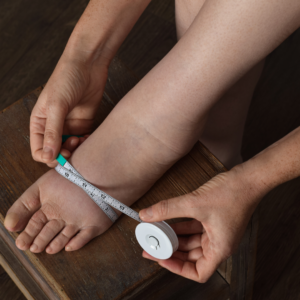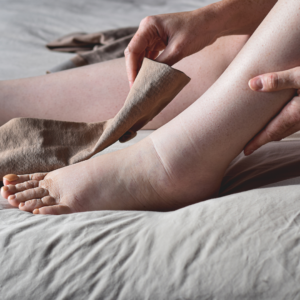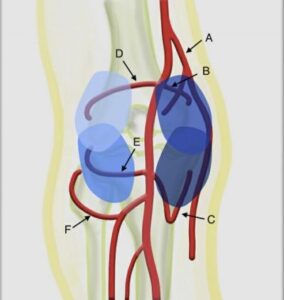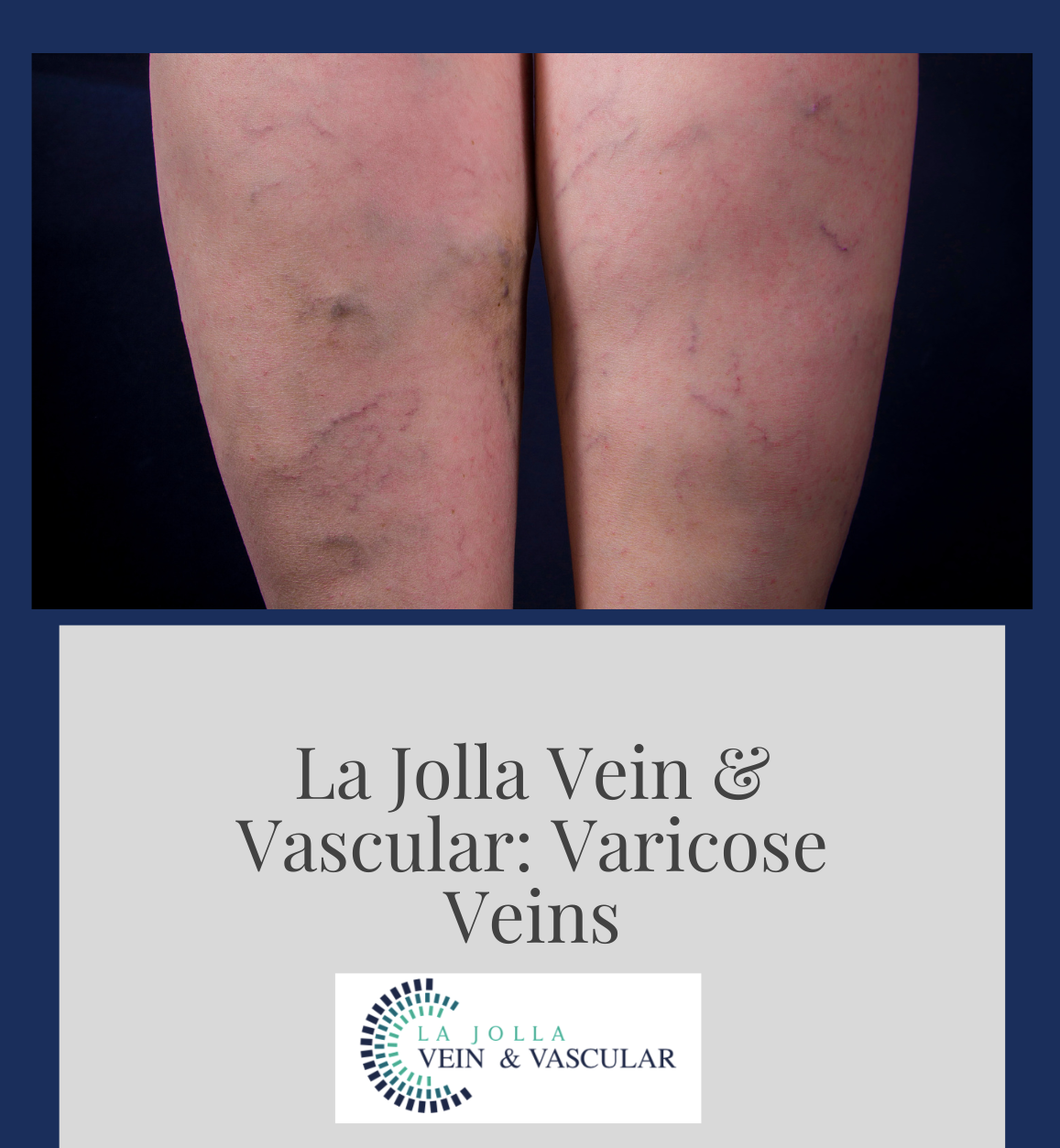Soothing swelling: A comprehensive guide to understanding and managing lymphedema
LJVascular2023-08-30T18:27:54-07:00Soothing swelling: A comprehensive guide to understanding and managing lymphedema

Swelling, or edema, in the legs can be a concerning symptom with underlying implications. In this blog post, we’ll explore the causes and symptoms of swelling, including the distinct condition of lymphedema. We’ll also discuss the importance of seeking medical attention and introduce how La Jolla Vein & Vascular can assist in diagnosing and addressing vascular-related leg swelling.
What Causes Swelling in the Legs?
Swelling in the legs, known as edema, is a result of fluid accumulation in the soft tissues due to malfunctioning valves in the veins. When the valves weaken or fail, blood circulation from the legs becomes compromised. This leads to fluid and blood getting trapped in the legs, causing them to swell. This accumulation of fluid leading to bodily swelling is termed edema.
Understanding Lymphedema
Lymphedema is a distinct form of chronic edema that arises when the lymphatic system fails to function properly. Unlike vein-disease related edema, lymphedema is directly linked to the lymphatic system’s inefficiency. However, it’s important to note that vein disease can progress into a combined venous and lymphatic disorder over time. It’s crucial to involve a healthcare professional early on, as prompt attention can make a significant difference.
Risk Factors for Lymphedema or Swelling
Anyone experiencing swelling in the lower leg should consider it abnormal and consult a physician without delay. It’s important to diagnose and initiate treatment for the underlying issue promptly. Additionally, while swelling can indicate venous issues, it can also be symptomatic of other non-venous conditions such as heart disease, heart failure, obesity, high blood pressure, liver disease, or kidney disease. Seeking immediate medical attention is vital to ascertain the root cause.
Identifying Symptoms of Lymphedema or Swelling
Several symptoms can indicate the presence of lymphedema or swelling:
- Swelling in part or all of the arm or leg, including fingers or toes
- Feelings of heaviness or tightness
- Limited range of motion
- Aching or discomfort
- Recurring infections
- Skin changes like hardening and thickening (fibrosis)
- Leg cramps

Professional Assistance at La Jolla Vein & Vascular
La Jolla Vein & Vascular specializes in diagnosing vascular causes of leg swelling through advanced techniques like duplex ultrasound. This non-invasive method aids in detecting blood clots or venous reflux, helping to determine the underlying issue. For instances where obstructions higher than the groin are suspected, a venogram may be recommended. While lymphedema is primarily a clinical diagnosis, lymphoscintigraphy can be ordered through an external imaging center to further assess the condition.
Swelling in the legs can be indicative of underlying issues, ranging from venous problems to lymphatic disorders. Early detection and intervention are essential to prevent further complications. If you’re experiencing swelling or suspect lymphedema, seeking the expertise of medical professionals, such as those at La Jolla Vein & Vascular, can provide the necessary diagnostic tools and treatment guidance. Remember, addressing these concerns promptly can greatly impact your overall health and well-being.
“Bringing Experts Together for Unparalleled Vein and Vascular Care”
La Jolla Vein & Vascular (formerly La Jolla Vein Care) is committed to bringing experts together for unparalleled vein and vascular care.
Nisha Bunke, MD, Sarah Lucas, MD, and Amanda Steinberger, MD are specialists who combine their experience and expertise to offer world-class vascular care.
Our accredited center is also a nationally known teaching site and center of excellence.
For more information on treatments and to book a consultation, please give our office a call at 858-550-0330.
For a deeper dive into vein and vascular care, please check out our Youtube Channel at this link, and our website https://ljvascular.com
For more information on varicose veins and eliminating underlying venous insufficiency,
Please follow our social media Instagram Profile and Tik Tok Profile for more fun videos and educational information.
For more blogs and educational content, please check out our clinic’s blog posts!













